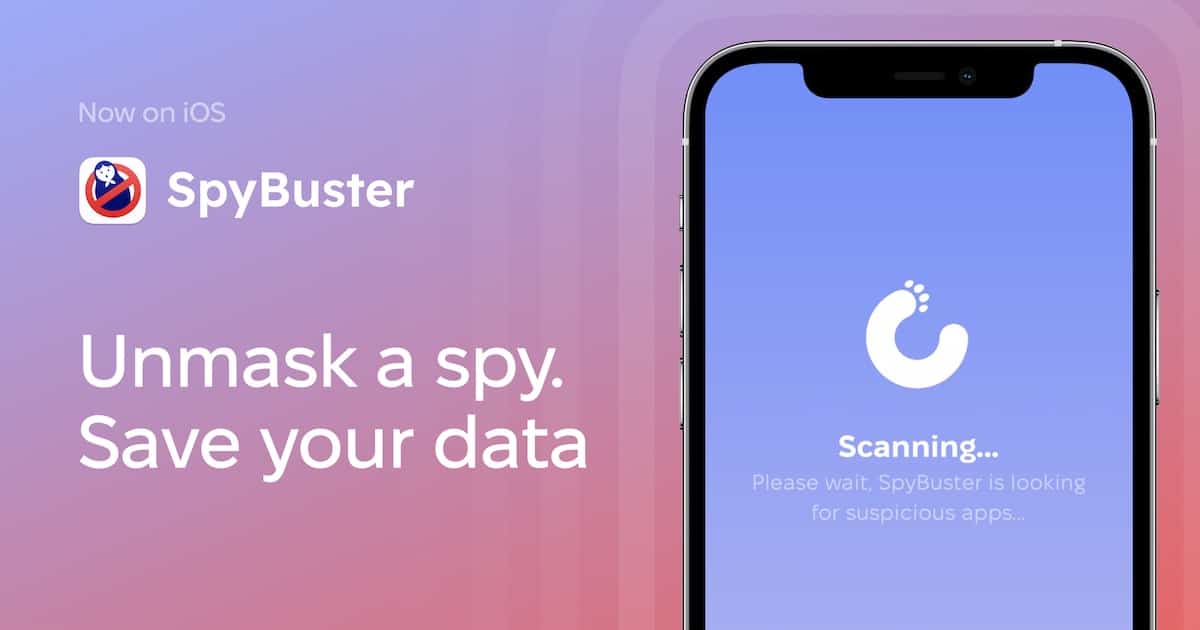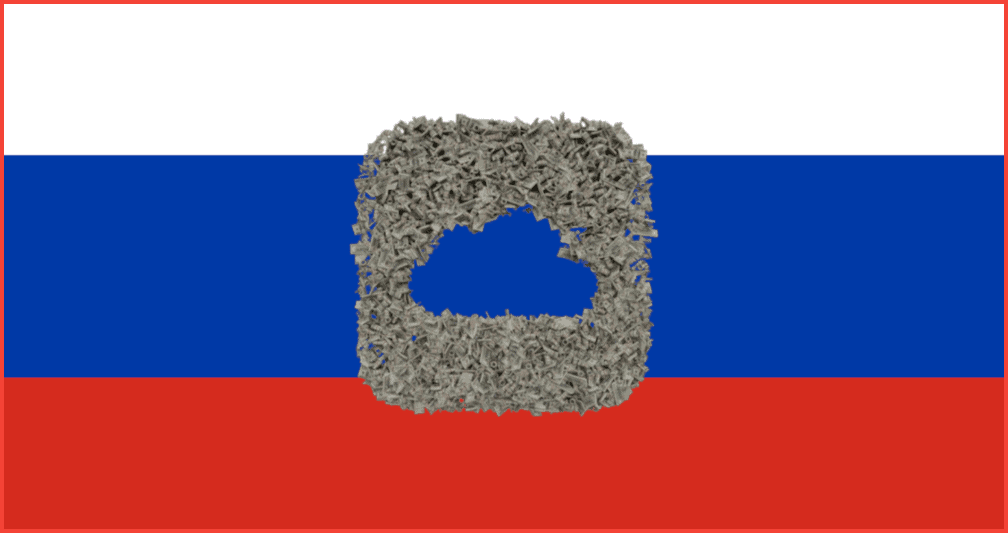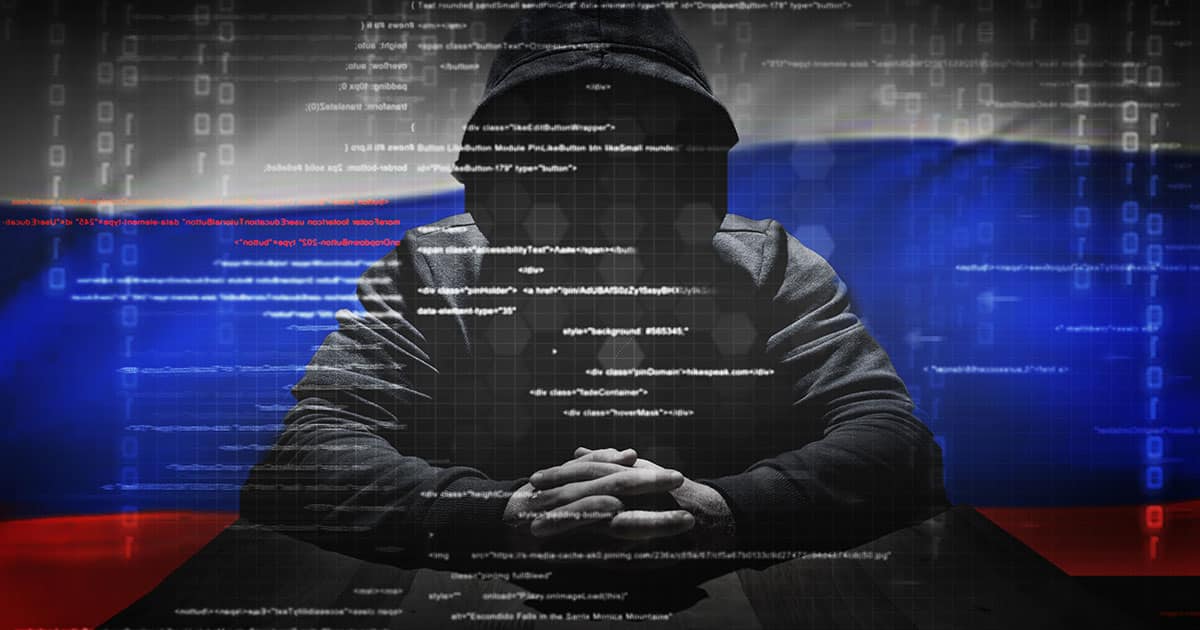Counterpoint Research has some staggering data on premium smartphones and iPhone. TMO Managing Editor Jeff Butts and Ken work those numbers. Plus – Is “iPhone” the generic name for “smartphone” in Russia?
Russia
Concerns About Ads from Inside Apple - TMO Daily Observations 2022-11-15
There’s word of a certain malaise inside Apple’s ad department. TMO Managing Editor Jeff Butts joins Ken to kick that around. Plus – Russian code has been found in apps used by the CDC and the US Army. Jeff will fill us in.
Anti-Spying Tool SpyBuster Arrives to iOS Thanks to Ukrainian Developer MacPaw
Ukrainian developers MacPaw have brought the anti-spying tool SpyBuster to iOS. The app works for iOS 14 and later.
Russia Set to Fine Apple for App Store Policy's Violation of Antitrust Laws
Russia is set to fine Apple for abusing its dominance in the app distribution market, which is a violation of antitrust laws.
Apple Receives Fine From Russia over Alleged iCloud Storage Violation
Reports indicate that Apple has been fined by a court in Russia for refusing to host the iCloud data of Russian citizens on Russian servers.
Russia Fines Big Tech Companies Over User Data and Apple May Be Next
Russia is delivering fines to Big Tech companies that don’t store citizens’ user data within the country. Apple may start seeing these fines.
Russia Legalizes Shady 'Gray Market' For Tech Products In Effort To Skirt Sanctions
In an effort to dodge imposed sanctions, Russia has legalized a “gray market,” allowing the sale of banned tech and goods.
Suspension of Apple Pay in Russia Leads to Class Action Suit
A law firm in Russia is filing a class action suite against Apple for suspending Apple Pay due to sanctions imposed by the Ukraine conflict.
Russian Troops Steal AirPods, Give Away Location Through Find My App
Ukrainian citizen Vitaliy Semenets made an Instagram post detailing how he could track Russian troops thanks to stolen AirPods. The citizen used Apple’s Find My app to track to the troops.
Courts in Russia Declare Meta an "Extremist Organization," Ban App
On Monday, a Moscow court declared Meta an extremist organization. The company must adhere to new laws if it wishes to get the ban lifted.
Apple Keeps App Store Open for Russia, Sparks Controversy
As Apple continues to keep its App Store open in Russia, ethical arguments begin to rise as Russia censorship continues.
Apple Maps Now Includes Crimea as Ukraine Outside of Russia
Apple’s Maps and Weather apps are now listing Crimea as part of Ukraine when accessed outside of Russia, a change possibly made recently.
Apple Stops Apple Pay Transactions in Russia
Russian banks have faced sanctions due to the invasion of Ukraine. Apple has suspended transactions for Apple Pay for Russian customers.
Merck Wins Court Dispute Over 'NotPetya' Attack
Merck wins a court dispute with insurance companies for US$1.4 billion in losses due to the NotPetya attack. This was a cyberattack in 2017.
Russian Authorities Arrest Members of REvil Ransomware Group
The Russian Federal Security Service (FSB) announced on Friday that it has arrested 14 members of the REvil ransomware group.
Government Traces Ransomware Payments to Business Address in Moscow
The New York Times writes how the U.S. government has traced ransomware payments to an address in Federation Tower East in Moscow, Russia.
That this high-rise in Moscow’s financial district has emerged as an apparent hub of such money laundering has convinced many security experts that the Russian authorities tolerate ransomware operators. The targets are almost exclusively outside Russia, they point out, and in at least one case documented in a U.S. sanctions announcement, the suspect was assisting a Russian espionage agency.
Russia Compels Apple to Remove Navalny App From App Store
The Russian government has compelled Apple and Google to remove an app associated with jailed Kremlin critic Alexei Navalny.
Russian Spies Abuse VPNs to Target Organizations
On Thursday, U.S. and British authorities said that Russia’s military spy agency is using VPNs and Tor to attack governments and private sector targets.
The advisory did not identify any of the targets by name, saying only that they were mainly in the United States and Europe and included government offices, political parties, energy companies, law firms and media organizations.
The Russian Embassy in Washington did not immediately return a message seeking comment. Russian officials routinely reject allegations that they employ hackers to spy on rival nations.
New Russian Law Requires Some Companies to Have Offices in Country
Russian President Vladimir Putin signed a law that requires foreign social media companies to open offices in the country.
U.S. Sanctions Russia Over SolarWinds Cyberattack
The U.S. has imposed sanctions against Russia for election interference and its role in the devastating cyberattack known as SolarWinds.
Malwarebytes Reveals it Was Hacked by Nation State Behind ‘SolarWinds’
Malwarebytes co-founder and current CEO Marcin Kleczynski reveals the company was hacked. He believes it was the same nation state actor behind the SolarWinds attack. The state is believed to be Russia.
After an extensive investigation, we determined the attacker only gained access to a limited subset of internal company emails. We found no evidence of unauthorized access or compromise in any of our internal on-premises and production environments.
Crazy stuff, and we’ll probably hear of the fallout for a long time.
Russian ‘Cozy Bear’ Hacking Team Hits US Government Networks
A group of Russian hackers known as Cozy Bear has hacked several U.S. government agencies like the Treasury and Commerce departments.
On Sunday night, FireEye said the attackers were infecting targets using Orion, a widely used business software app from SolarWinds. After taking control of the Orion update mechanism, the attackers were using it to install a backdoor that FireEye researchers are calling Sunburst.
Russian Copyright Law Targets Apple With a Lawsuit
A Russian copyright designed to force companies like Apple and Google to remove apps related to privacy is being tested by music labels.
Russia Law Wants to Cap App Store Commissions at 20%
Russian lawmaker Fedora Tumusov introduced draft legislation on Tuesday that would cap the app fees at 20% for mobile app sellers.


















